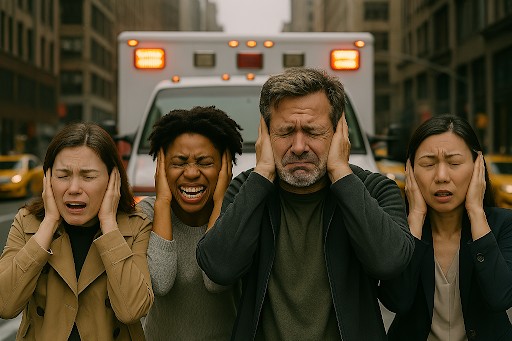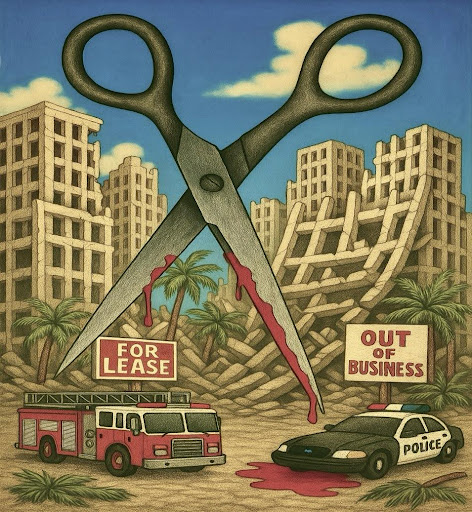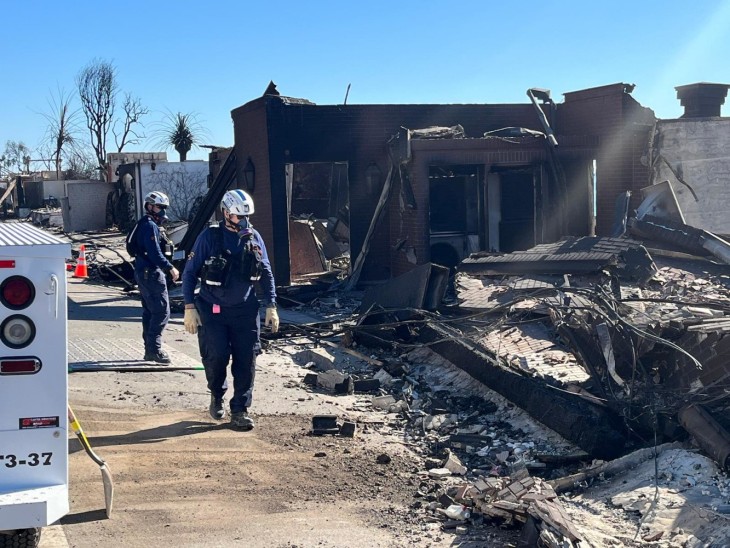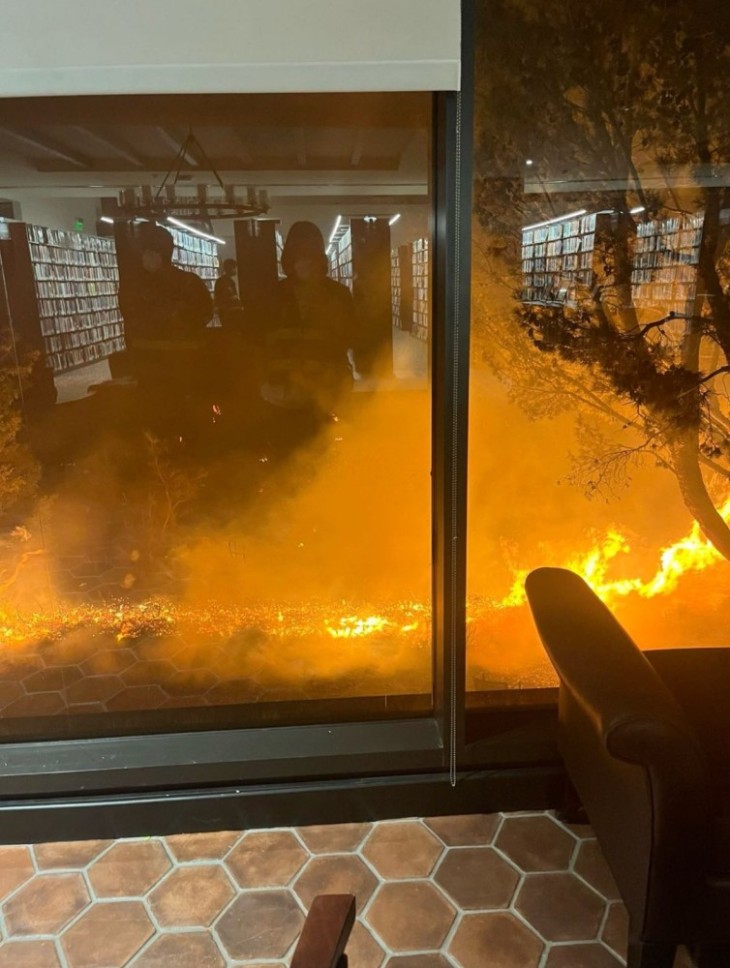Gov. Jerry Brown has never described it quite this way, but the essence of what he wants to do with many of the new tax dollars from last fall’s Proposition 30 is finish the job begun in 1971 by the Serrano v. Priest decision of the California Supreme Court.
“Equal treatment for children in unequal situations is not justice,” Brown said as he proposed giving school districts with high concentrations of English-learners, subsidized-lunch students and foster children as much as $5,000 per year over several years for each such student they have, in addition to the “base grant” of $6,800 per year that schools get for every pupil.
Brown’s observation was much like the reasoning of the Serrano decision, which ruled the former prevailing system of school finance a violation of the equal protection clause of the state Constitution. Because Serrano was based on the state Constitution, not the federal one, it has never been seriously challenged in federal appeals courts.
In short, Serrano held that the fact wealthy school districts could spend more than poor ones on each of their pupils was flat-out unfair. At the time the case was filed on behalf of a student in the Baldwin Park School District in 1969, that district spent $577 per year to educate each of them, while Pasadena spent $840 and Beverly Hills $1,232. Those inequalities stemmed directly from differences in property values from district to district.
A series of Serrano-related decisions through the 1970s saw the courts demand that disparities in official per-student spending be no more than $100 per year, later adjusted for inflation to $350.
Of course, many wealthy districts raise millions of dollars each year via voluntary contributions from parents and other local citizens, something the state cannot prevent. So districts in places like Palo Alto, Palos Verdes, Beverly Hills and Hillsborough still get more than those in Trona, McFarland, Compton and Los Angeles.
Now Brown wants to take things farther. Los Angeles, with a large majority of Latino students, would be one prime beneficiary of the governor’s proposal, getting more than a 17 percent boost next year over current funding, and that’s just for the first year of the plan.
Chances are that other districts bearing the brunt of educating California’s large corps of immigrant children, with whom English is often not spoken at home, will also get some new benefits.
But just because Brown is a Democrat and his party now holds majorities of about two-thirds in both legislative houses does not mean he will get everything he wants.
For educators in some of the state’s better-performing school districts are wary of too much equalization. They know what standardized test scores show: In spite of the fact that spending is much closer to equal today than before Serrano, the quality of instruction and course offerings is still far from consonant. In general, students from wealthier districts still do better on standardized tests and in life. This is partly a function of the differing degrees of parental wealth and interest in education from place to place.
It’s almost certain that Republicans, who opposed the original Serrano decision even though it was written by then-Chief Justice Donald Wright, a Ronald Reagan appointee, will also object to Brown’s plan, which essentially aims to give children of immigrants – legal or not – the same opportunities for success as children of native born citizens.
At the same time, there are plenty of suburban Democrats in both houses of the Legislature who represent well-heeled areas where voters have passed school construction bonds and where parents donate heavily to public schools.
One is Joan Buchanan, chair of the Assembly Education Committee, who spent 18 years on the San Ramon Valley School Board in the East Bay area. Facilities expanded greatly during her time on that board, while the district moved into the top 5 percent in California academically.
Buchanan, through whose committee Brown’s plan must pass, has so far not said much about it.
It’s unlikely she or other Democrats, mindful of the strong Latino vote their party usually draws, would object to providing some more money to districts with a plethora of English learners. But to almost double the basic grant of $6,800 per student over the next five years? That might be another question.
The likely outcome then, is that the final budget that reaches Brown’s desk this summer will include a boost in funding for each English-learner, foster child and subsidized lunch recipient. Just not as much as Brown proposed in January. Which may be what Brown – a skilled and veteran negotiator – actually figured on.
Contact Tom Elias: opinion@smmirror.com.


























